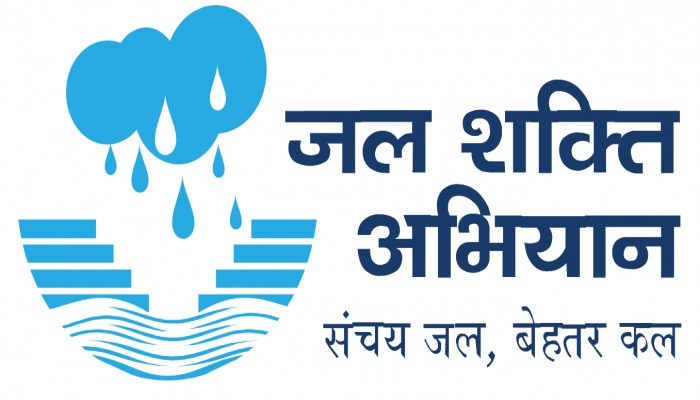Jal Shakti Abhiyan: The Scientific Water Conservation Motto of New India
- In Current Affairs
- 10:47 AM, Jun 09, 2020
- Ranabir Bhattacharyya
The year 2020 has been a great learning curve for India. The Covid-19 pandemic, locust attacks, back to back Cyclones, low-intensity earthquakes - the country has witnessed different forms of natural disasters and catastrophes. Along with other countries, India is also eagerly waiting for the vaccine to thwart the deadly coronavirus which has already claimed almost four lakh lives all over the world. In these circumstances, there is an increasing awareness on safeguarding the natural resources is more than ever. Inspired by Prime Minister Narendra Modi's Jal Sanchay (Saving water), the Jal Shakti Abhiyan can play an instrumental role in time-bound and mission-mode water conservation in India. After all, the water crisis is a reality in India.
All these years, India's water crisis is pointed to lack of government planning, increased corporate privatization and huge human waste. Corruption at all levels remains another headache. In such circumstances, the Narendra Modi government came forward with a renewed approach last year. The Ministry of Jal Shakti launched Jal Shakti Abhiyan in June 2019. The Jal Shakti Abhiyan is focused on five aspects namely water conservation and rainwater harvesting, renovation of traditional and other water bodies, reuse of water and recharge structures, watershed development and intensive afforestation. It is thus absolutely clear that the Jal Shakti Abhiyan has all the merits of changing the dynamics of existing resources and eventually welcome citizens’ participation.
Last year when it was initiated, the government categorically planned it in two phases. Phase I was for all states and Union Territories from 1st July to 15th September 2019. Phase II was framed keeping in mind states which receive retreating monsoons like Andhra Pradesh Karnataka, Puducherry and Tamil Nadu, from 1st October to 30th November 2019. The best part about the Jal Shakti Abhiyan has been the stakeholders who have been included in this whole project. There is no urban and rural divide in the whole plan. For the rural sector, block and district water conservation plan, Krishi Vigyan Kendra Mela and 3D village contour mapping are going to be the main working motivation. In the urban and semi-urban areas, wastewater reuse for industrial and agricultural purposes along with the separation of greywater and black water is considered to be extremely effective. Of late more plans are now on the card with Jal Shakti Campuses engaging schools, colleges and universities. Overall, the target is to make water conservation a 'Jan Andolan' throughout the length and breadth of the country.
The central government has already started ranking for Jal Shakti Abhiyan. The District rankings are being calculated based on the progress reported under the five intervention areas as well as special interventions. The districts are given a national rank depending on their relative scores. Presently the government website has the ranking of 255 participating districts of India. 255 IAS Officers are presently coordinating the whole project district wise and the model is following the lines of Gram Swaraj Abhiyan.
July 1st will mark one year of this ambitious Jal Shakti Abhiyan. Whether the government decides to extend this campaign to more districts or stick to 255 water-stressed districts is a matter of the concerned policymakers. But at the end of the day water is a state issue and the states need to be committed to making Jal Shakti Abhiyan a successful one. In the post corona world, the drinking water crisis is going to be a major concern for all developing nations with increasing population. The Jal Shakti Abhiyan is a perfect stepping stone for the nation at large to fight this global crisis of water.
Image provided by the author







Comments